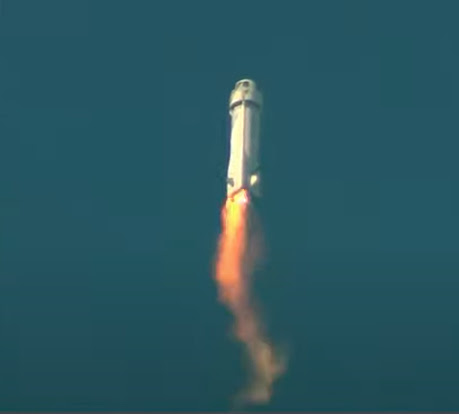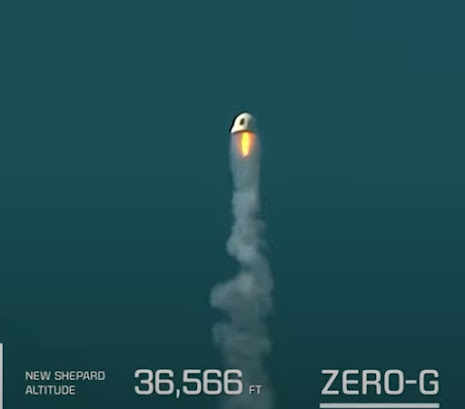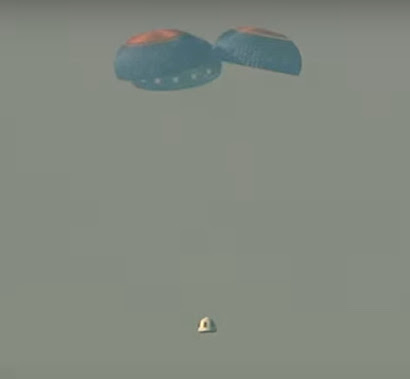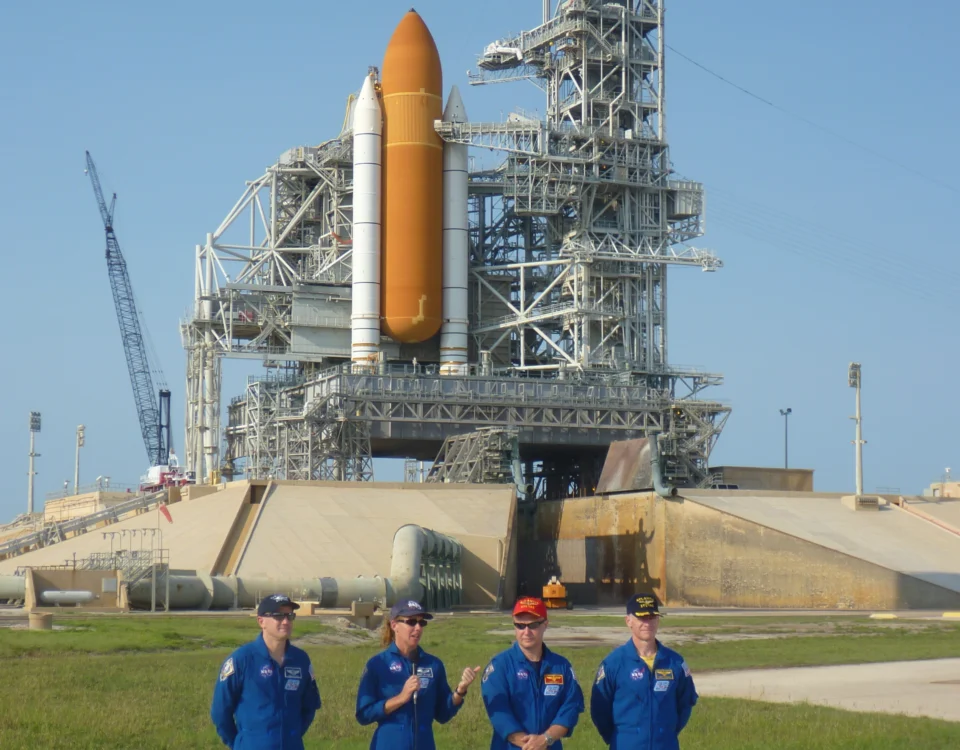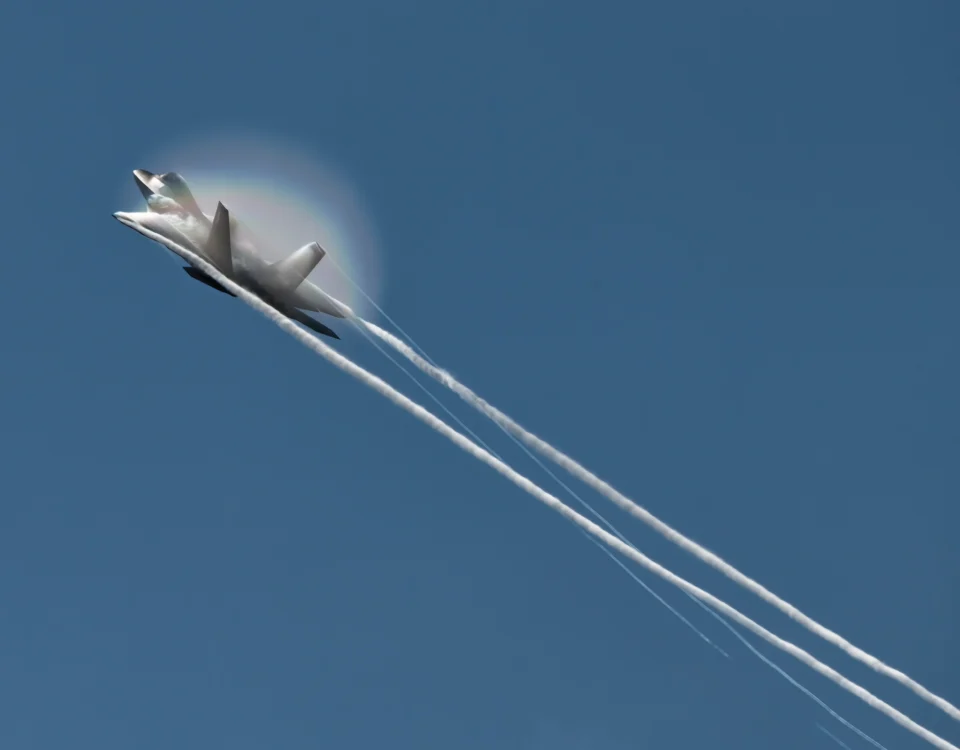Shortly after 10:30 am EDT this morning, the aerospace world received a stark reminder that launching spacecraft can be a risky proposition with unexpected results.
64 seconds into the 23rd flight of Blue Origin’s New
Shephard program – so named for pioneering US Mercury program astronaut Alan
Shephard – the unmanned vehicle failed and was quickly enveloped in a column of
flame as the capsule escape system initiated. The rocket had just passed
through the point of maximum aerodynamic pressure, accelerating at over 700 mph
and nearing 28,000 feet in altitude.
Before today, New Shephard had been viewed as a consistently
reliable, single-engine rocket. Media coverage had normalized launches of the
vehicle from Blue Origin’s West Texas base in the wake of its first manned
flight just over a year ago. That initial crewed launch sent Amazon magnate and
Blue Origin founder Jeff Bezos, along with three others, on a suborbital trip
that climbed to 66 miles in altitude, with the entire flight clocking just over
ten minutes from launch to landing. Since that first manned venture, 27 more
passengers – including William Shatner – had ridden in a New Shephard capsule,
known in part for its space-tourism-friendly large windows. Todays uncrewed
flight was described by Blue Origin as a mission to “loft 36 payloads from research institutions and student
organizations, half of which are funded by NASA.”
The good news: it may have been totally unplanned, but it appears
the crew emergency separation system did exactly what it was designed to do had
this been a manned flight. Of course, how this will impact the costly desirability
of riding a rocket in pursuit of the ultimate tourist adventure remains to be
seen.
You can watch video of today’s “off
nominal situation” on YouTube. Fast forward to 1:20:14 for the final 30
seconds of the countdown followed by the aborted launch.



